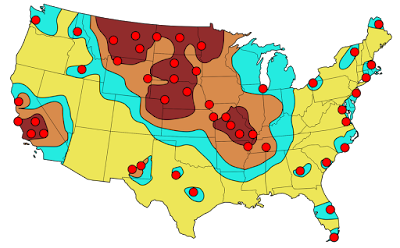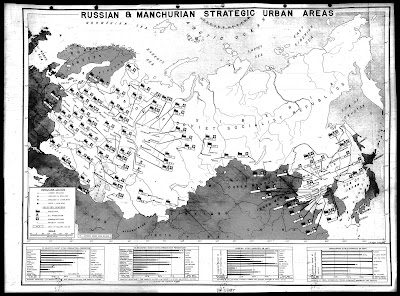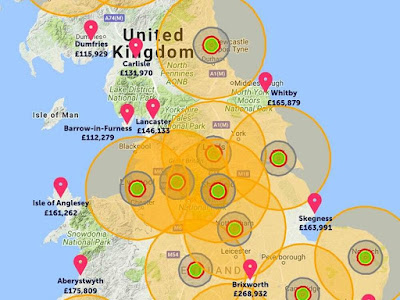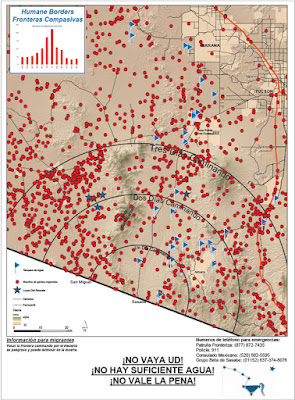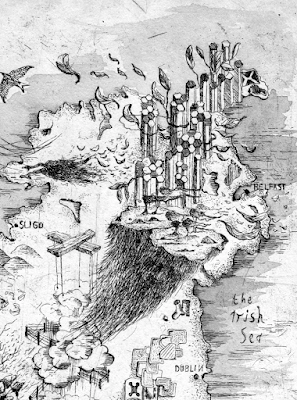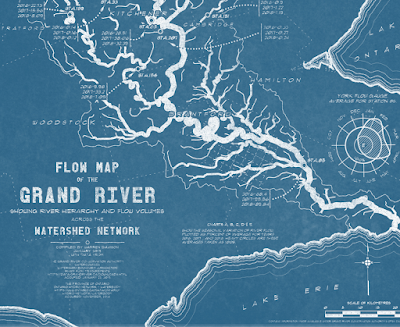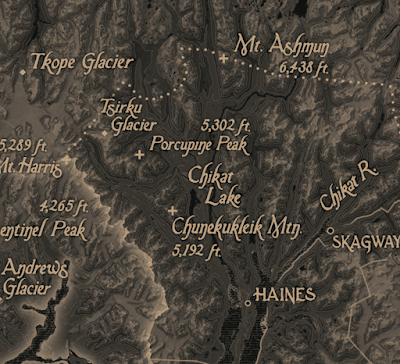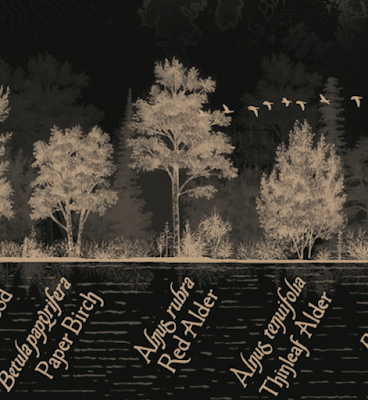This past Saturday I got to see Mapping a Nation: Shaping the Early American Republic at the American Philosophical Society in Philadelphia. The Museum space is small but they packed a lot into that space including maps, surveying instruments, original notes from the Lewis & Clark expedition and printing plates. The introductory text has some interesting takes on the history of the 18th and 19th Centuries describing maps as "battlegrounds" between European empires, Native Americans and colonists. "Even as mapmakers sought to represent a connected and united citizenry, maps reinforced the exclusion of many groups from full participation in the new nation."
Here is a plate from a history of the Lewis & Clark expedition. As usual with these exhibitions, apologies for the light reflections and inability to take better photographs.
Here are a couple of maps of the Susquehanna River area of central Pennsylvania from 1757 originally drawn in chalk by Teedyuscung, a Lenape negotiator during a council in Easton, Pa. where several tribes agreed not to side with the French against the British in return for a promise that the British would not settle west of the Appalachians.
A detail from a map of Maryland and Virginia, 1775.
For credits, here is the cartouche.
There are a couple of very detailed maps of Haiti during the time of the rebellions around 1799-1801. The United States intervened on behalf of the Haitians in order to protect U.S. trade. Unfortunately I did not make a note of the map's author or date.
The area around Jacmel where much of the fighting took place.
Finally, "Map of the Columbia to illustrate Ross's Adventures" just because I like the little singular puffy mountains.
The exhibit runs until December 29th and includes a three day conference in October.














